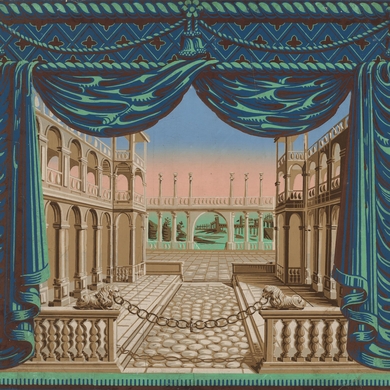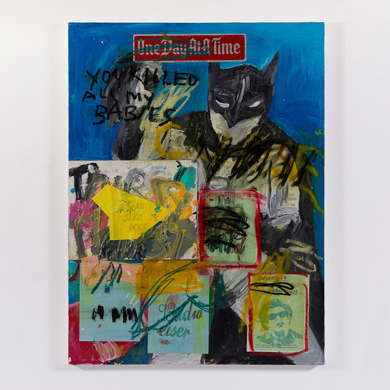In the early 17th century, Jan Brueghel and Peter Paul Rubens created a series of works based on the five senses. Brueghel painted the ethereal garden backgrounds while Rubens painted the fleshy figures. One of those collaborations, The Sense of Smell—which features more than 80 types of flowers and animals—is now part of a unique experience. Researchers identified the flora and fauna depicted in the painting, and then the perfumer Gregorio Sola recreated the fragrances of 10 of those species, among them jasmine, rose, spikenard, fig tree, orange blossom, and daffodil. Thanks to “AirParfum” technology developed by Puig, museumgoers will both see and smell the painting. The exhibition also features the musk smell of the civet—a small mammal related to the mongoose. Paste from the civet’s perineal glands, like ambergris from sperm whales, brings an incomparable complexity and shimmer to fine fragrances. —Jensen Davis
The Arts Intel Report
The Essence of a Painting: An Olfactory Exhibition

Peter Paul Rubens and Jan Brueghel, The Sense of Smell, 1617–1618.
When
Apr 4 – July 3, 2022
Where
Etc
Photo courtesy of the Museo Nacional del Prado



